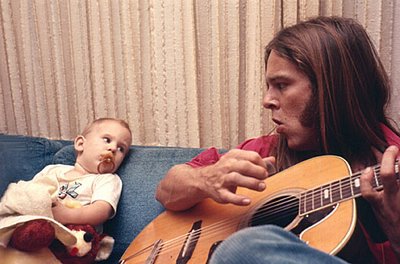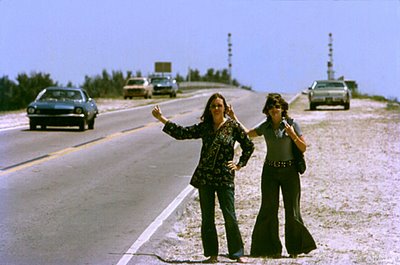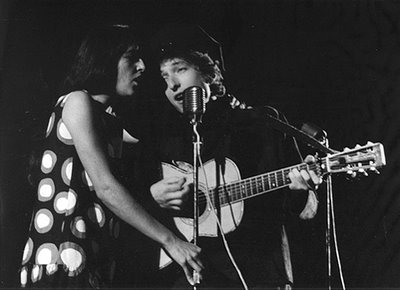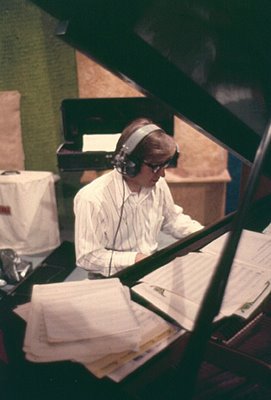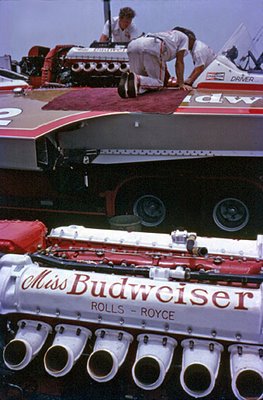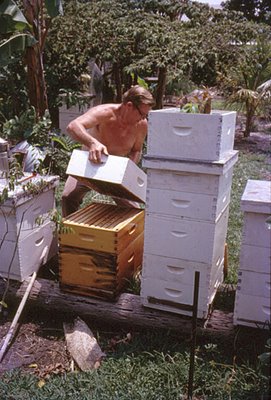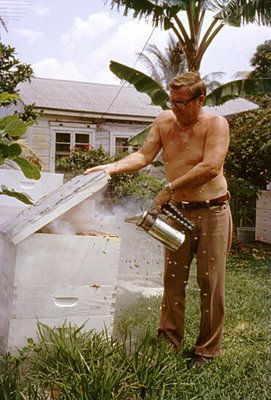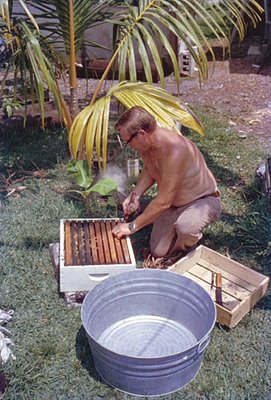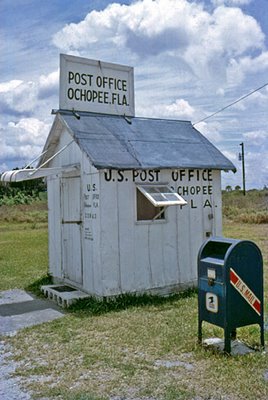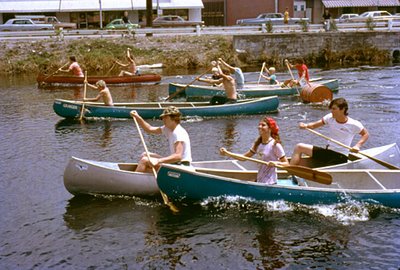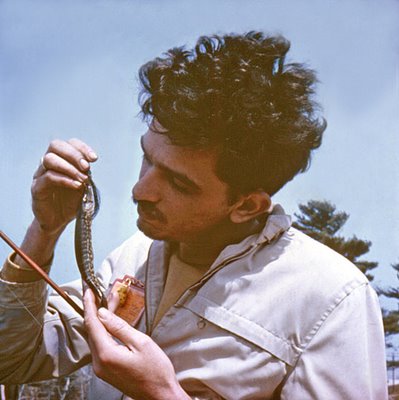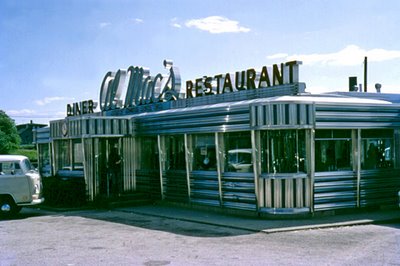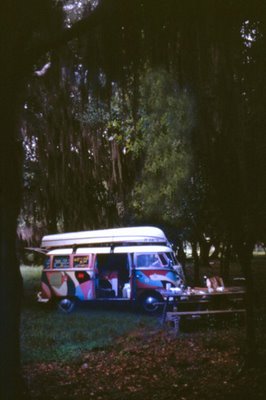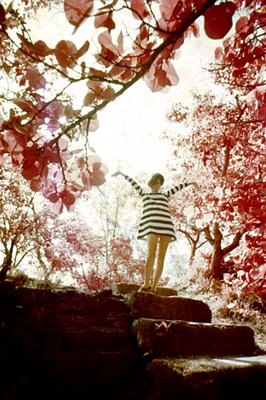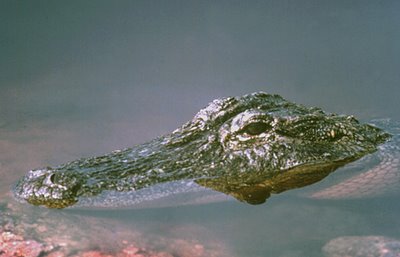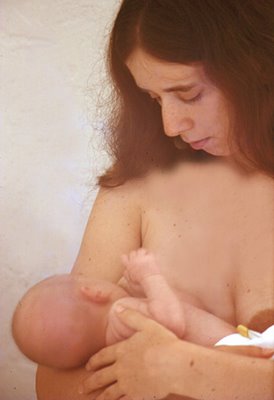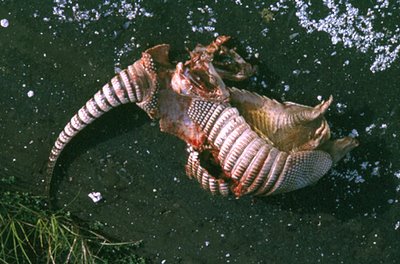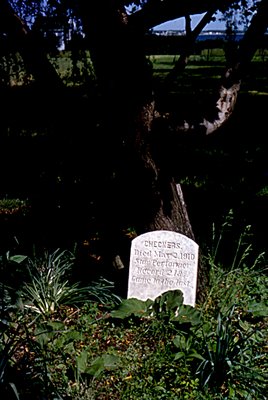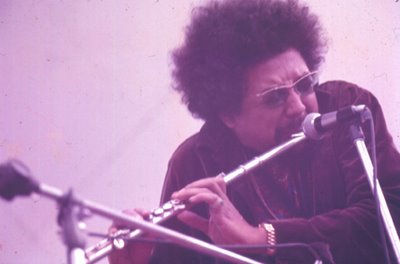

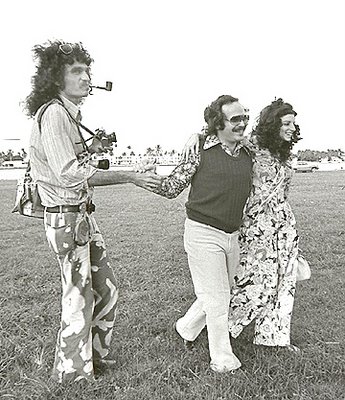
Photos (c) 2006 Jon Sinish
Memory is so erratic yet selective. Things hide in the murk, tantalizing points of light breaking through. You can look at a photograph and taste a name, feel a name, but the name refuses to let you hear it. Yesterday my friend Jon Sinish Emailed me some photos from about 1973. Jon lives in Stratford, Connecticut and is in the creative end of the adverising business and also has his own web site at
www.advertising-for-small-businesses.com. We've known one another since the late 60's I guess. He's stayed at my house and I've stayed at his. We've stayed in touch over the years. I have no trouble remembering his name, but in 1973 another guy I'd known about as long was living down here. It's his name that frustrates me, and he's the subject here right now. Herb, I think. I'll call him Herb, and should I find out different I'll change it. Herb I haven't seen in over 25 years
He was also in the advertising business, and he art directed a publication I shot for. He came up with the idea of using a stroboscopic flash to do an ad campaign for Miami Jai-alai. We went to the fronton and covered the back wall with dozens of yards of black cloth, put the Leica on a tripod, lights out, and wore out a player running and hurling the ball out of his cesta. The pictures were great and were used on buses, bus benches, billboards, and we never felt like we'd been paid enough for all the mileage they got out of that job.
When Herb was getting married Jon happened to be in Miami and got invited along. the MacCarthur Causeway between Miami and Miami Beach had a heliport on one side of the road on Watson Island, while across the street was Orchard Gardens where the wedding was to be held. I think either the Gardens or the chopper company, maybe both, were Herb's clients. The plan was that Herb and his bride would arrive at the wedding via helicopter after a flight of maybe only 500 feet, but it would be a dramatic arrival.
I was the official photographer, but Jon had his Nikons and shot a few rolls too. That's why the pictures with me. Those blotchy bleached bellbottoms I was wearing were wine colored.
I think that my hair was at its absolute longest at this point in my life. Slightly more recent photos show it teased into a big 'fro, but barely touching my shoulders. The camera case was something I'd made myself out of aluminum, with fitted padded inserts for two M bodies and lenses from my 19mm Canon to the 135/3.5 Canon I had back then, along with film, filters, lens tissue, and whatnot. I still have the case. [Update: It wasn't "Herb", it was Dick Herbst! It came to me as I was looking at an old print of a jai-alai photo that he art directed way back when.]
